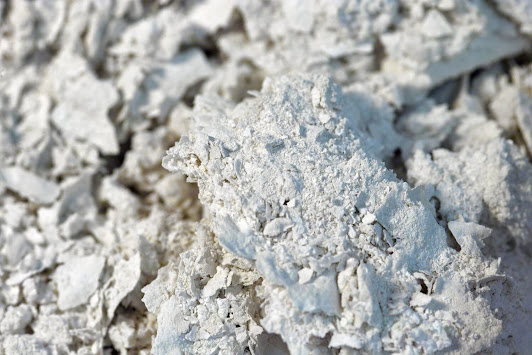The Weird History and Chemistry of Lead White

Introduction: Lead white, a pigment with a history nearly as long as civilization itself, has played a significant role in the artistic landscape for millennia. This blog post delves into the origins, properties, artistic applications, and cultural significance of lead white, exploring its enduring appeal and the complexities surrounding its use. Uncovering the Origins and History: Lead white boasts ancient origins, dating back to Egyptian and Greek civilizations who used it for cosmetic and artistic purposes. It can be made or found naturally as the mineral, cerussite. The "Dutch process" for producing lead white emerged in the Middle Ages, becoming the dominant method for centuries. The methods of making it have varied in the specifics and little intricacies, but it involves exposing metallic lead to acetic acid (vinegar) and its fumes. The lead will react and form a white crust, which is lead white. ...

